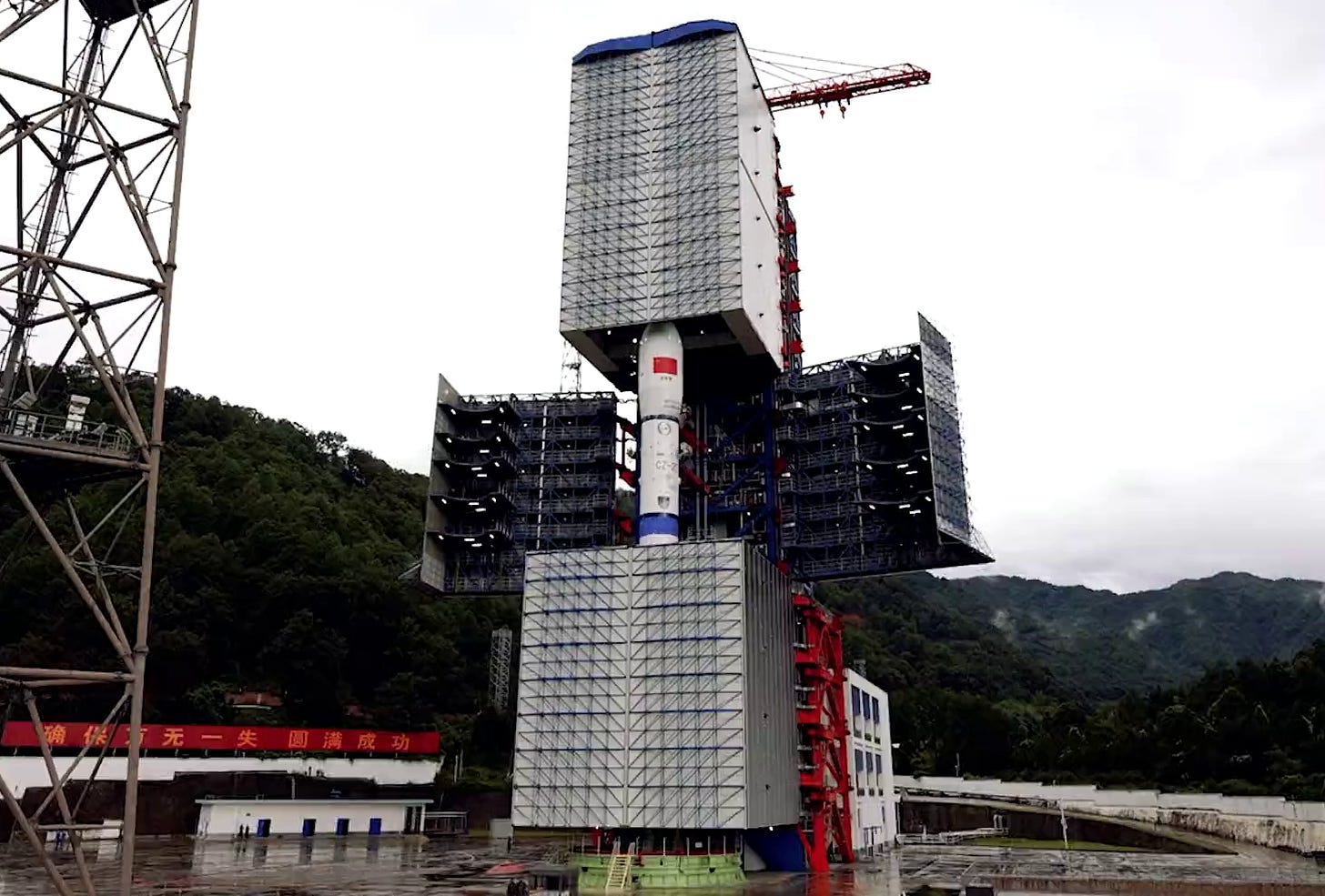100th Long March 2D Launches Two New Test Spacecraft! [Long March 2D Y94]
Earth observation satellites were sent to low Earth orbit for the milestone mission.
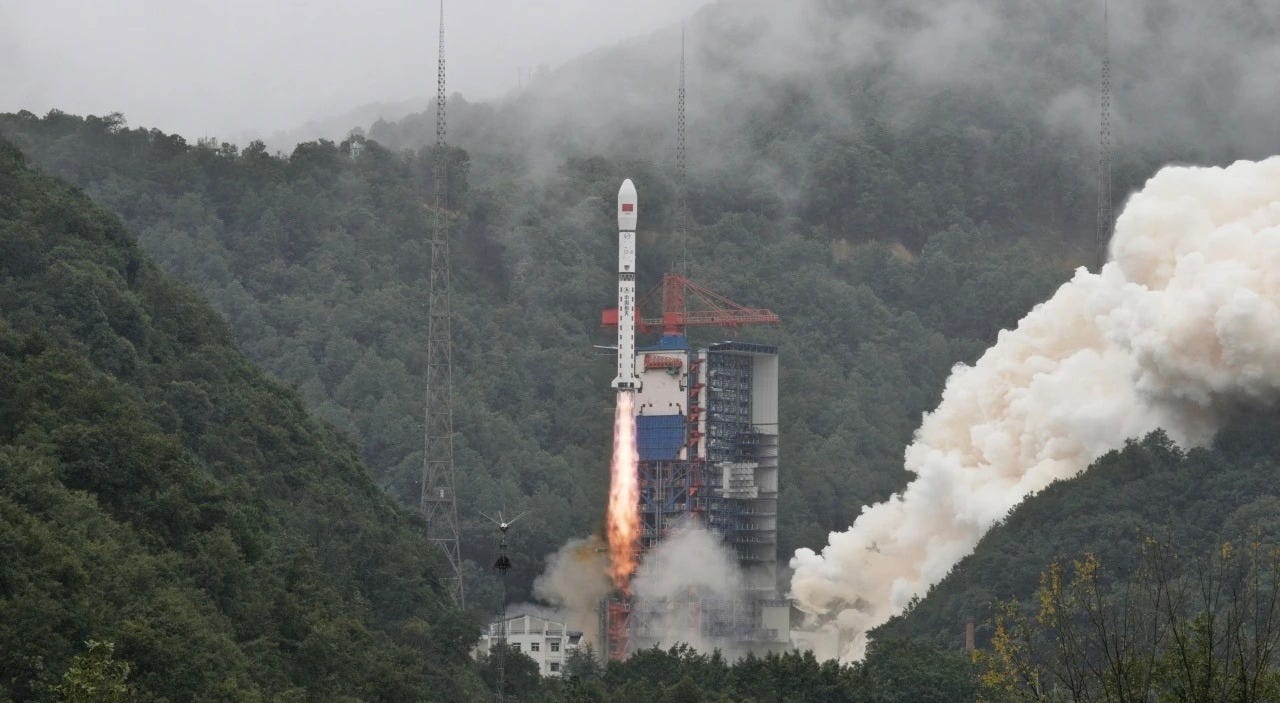
For its 100th flight, a Long March 2D lifted off from Launch Complex 3 at the Xichang Satellite Launch Center at 11:00 am China Standard Time (03:00 am Universal Coordinated Time) on September 29th, heading into low Earth orbit with two satellites.
Being sent into orbit were Shiyan-30 01 and 02 (试验三十号卫星01, 02) for Earth observation tasks and related technology verification tests. Uses for the satellites may include agricultural monitoring, land surveying, environmental protection monitoring, city planning, and maritime security.
The Shiyan (试验) satellite designation is used for technology development spacecraft, and the name literally translates to test or experiment. Shijian (实践), meaning practice, is a similar designation for more mature technology tests.
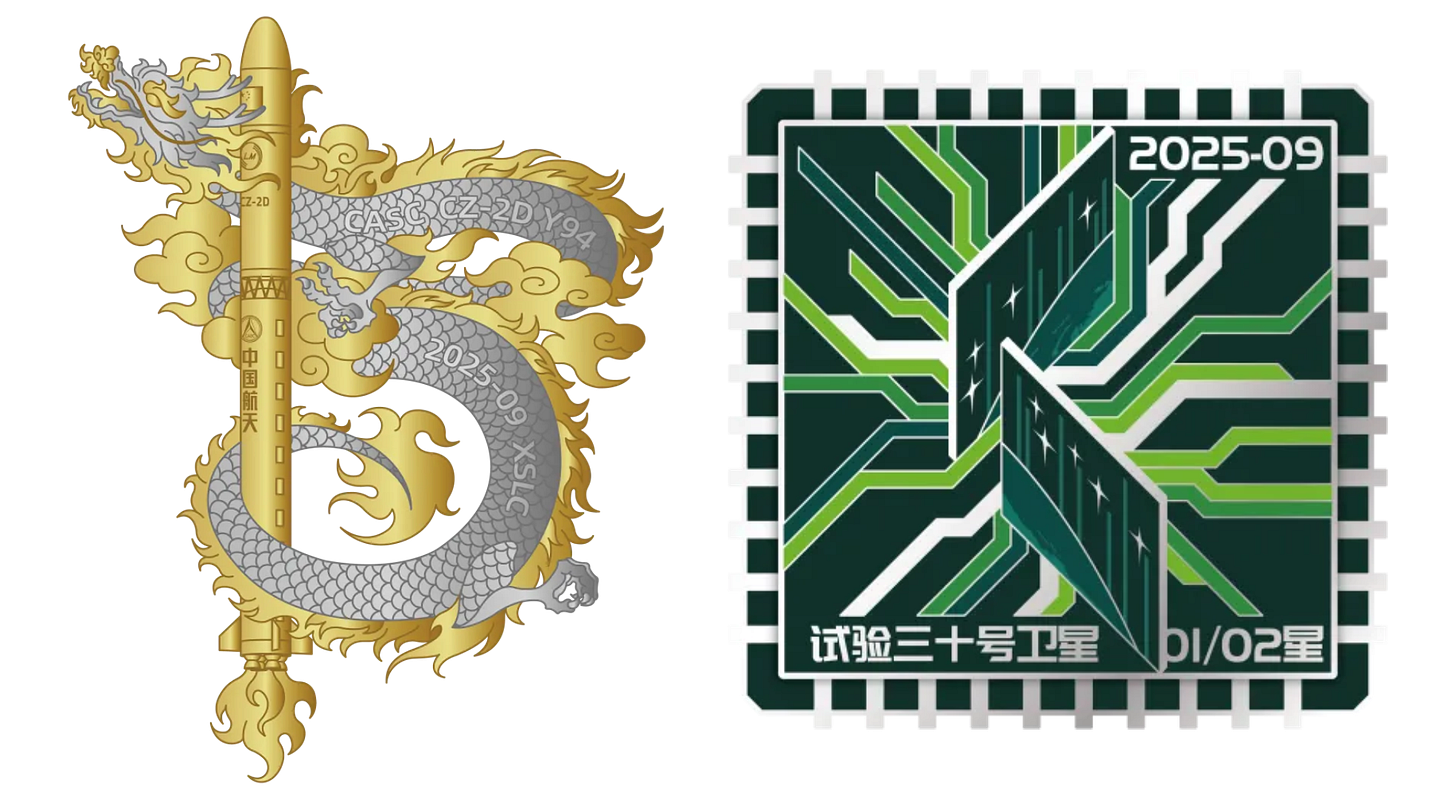
As mentioned in the introduction, today’s launch mission was the 100th flight of the Long March 2D launch vehicle since its debut thirty-three years ago in August 1992. The launch vehicle is also the second Long March series rocket to reach this milestone, after the Long March 3B/E did in December 2024.
Through its three-plus decades of flight, no flight of the vehicle has been lost, with just one partial failure in December 2016 when it undershot its target orbit. So far, the rocket has flown from all of China’s inland launch sites, with sixty-three missions launched from Jiuquan, seventeen missions from Taiyuan, and twenty from Xichang (including today’s), also supporting four reusable rocket hardware development tests. Many more flights of the Long March 2D are very likely due to its affordability, costing about 16 million United States Dollars per launch.
In their post-launch blog post, the Shanghai Academy of Spaceflight Technology outlined that the Long March 2D’s success has been achieved with a mindset of treating every flight as the first, conducting regular inspections in the lead-up to launch, implementing fixes and mitigations where needed, and improving systems or processes where necessary. Through that mindset, the rocket has gradually improved its capabilities, reinforced its reliability, increased its manufacturing rate, and brought down costs.
Today’s launch was the 100th mission for the Long March 2D, the 247th Long March vehicle launch from the Shanghai Academy of Spaceflight Technology, and the 598th launch of the Long March launch vehicle series. This was also the 60th launch from China in 2025.
Launch preparation video via 上海航天 on WeChat, liftoff video via 央视新闻 on Weibo.
Check out the previous Long March 2D launch
New Sino-Italian Geophysics Satellite Blasts Off! [Long March 2D Y42]
Blasting off from Launch Area 4 at the Jiuquan Satellite Launch Center was a Long March 2D heading for sun-synchronous orbit on June 14th at 15:56 pm China Standard Time (07:56 am Universal Coordinated Time). Atop of the rocket today was a single satellite.
What is the Long March 2D?
This section is for those less familiar with China’s Long March series of launch vehicles.
The Long March 2D is also one of the oldest launch vehicles from China, performing missions regularly to low Earth and sun-synchronous orbits by the Shanghai Academy of Spaceflight Technology, as a two-stage version of the Long March 4 vehicles. The two stages of the launch vehicle both burn Dinitrogen Tetroxide and Unsymmetrical Dimethylhydrazine.
The payload capacity of the launch vehicle is currently as follows:
3,500 kilograms to low Earth orbit
1,300 kilograms to a sun-synchronous orbit
The first-stage is powered by four YF-21C engines, which generate 302 tons of thrust burning Dinitrogen Tetroxide and Unsymmetrical Dimethylhydrazine. The second-stage is powered by a single YF-22C engine and four YF-23C verniers that generate 80 tons of thrust while also burning Dinitrogen Tetroxide and Unsymmetrical Dimethylhydrazine.
On the launch pad, the Long March 2D is 41.05 meters tall and weighs 232,250 kilograms when fully fuelled. The first and second stages have a diameter of 3.35 meters, with the fairing having a diameter of either 3.35, 3.8, or approximately 4 meters.
So far, the Long March 2D has flown from all three inland launch sites, the Jiuquan Satellite Launch Center, the Taiyuan Satellite Launch Center, and the Xichang Satellite Launch Center.
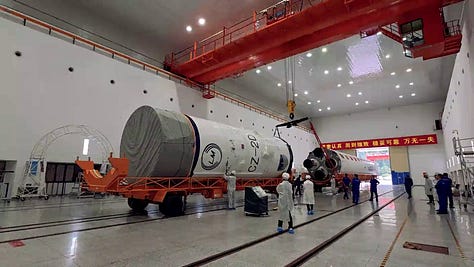
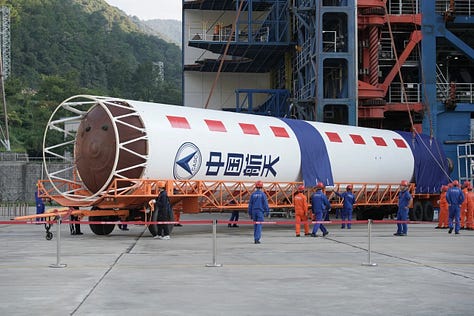
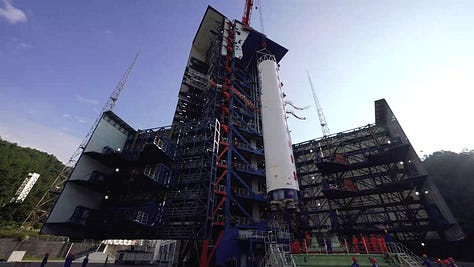

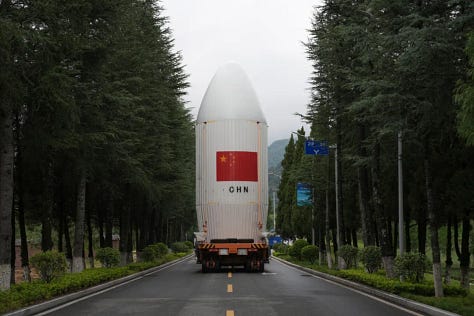
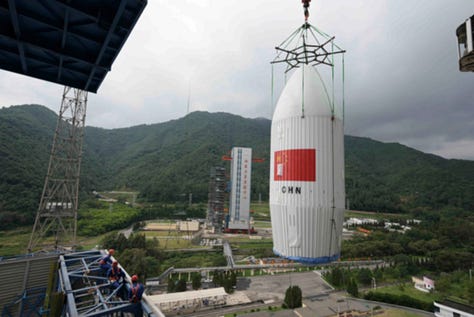



![New Sino-Italian Geophysics Satellite Blasts Off! [Long March 2D Y42]](https://substackcdn.com/image/fetch/$s_!xt1J!,w_1300,h_650,c_fill,f_auto,q_auto:good,fl_progressive:steep,g_auto/https%3A%2F%2Fsubstack-post-media.s3.amazonaws.com%2Fpublic%2Fimages%2F0e78a6d2-b8f9-44bc-9526-b60da4bdf5ac_2885x1660.jpeg)
